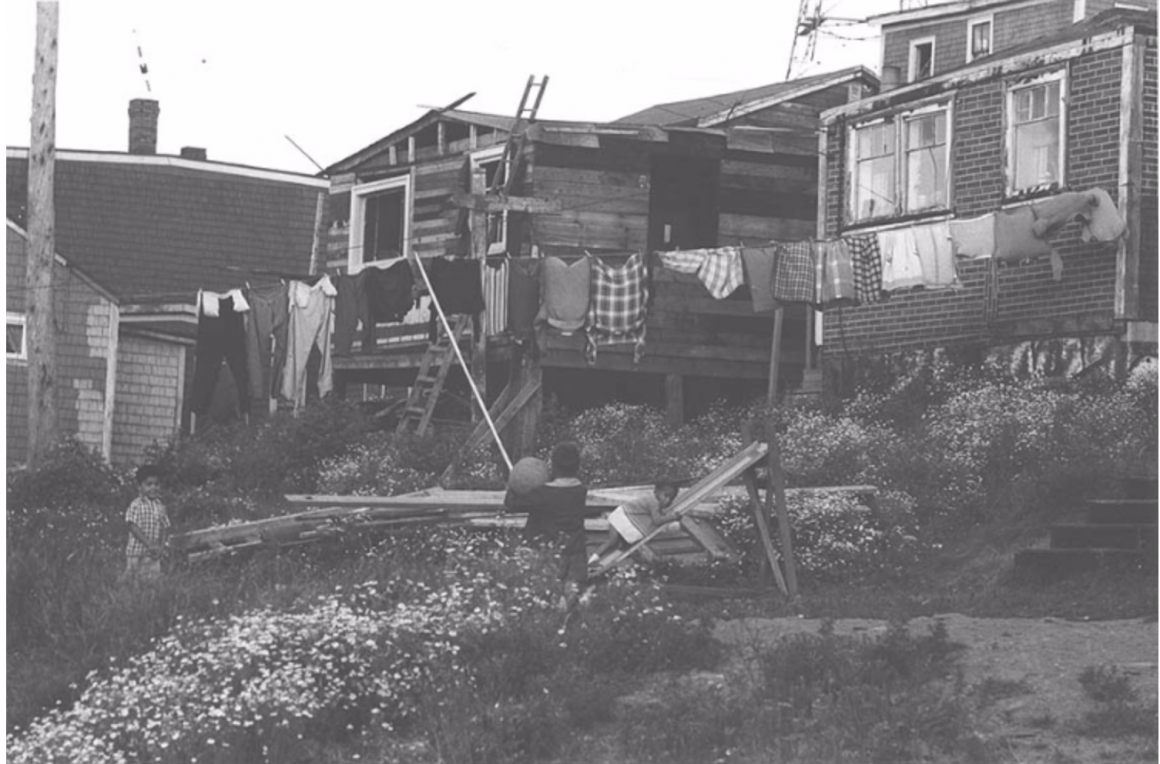
Black History Month: A Canadian recollection
By Mariah Wilson, February 1 2019 —
Deborah Dobbins, whose family was a part of the first wave of African Americans to arrive in Alberta, mentioned the importance of this holiday to CBC in 2017.
“The declaration, as proclaimed by the Alberta government, makes our people finally visible, acknowledged and considered worthy of annual celebration,” Dobbins said.
When the Alberta government announced that the province would officially observe this annual celebration in early 2017, Albertans came together to reflect on how the black community has contributed to the establishment of our province as well as our culture.
As reported by the Calgary Herald, David Shepherd, a member of the legislative assembly representing Edmonton-Centre, said, “Men and woman of African descent have been part of Alberta’s story for over 100 years. They homesteaded alongside settlers from around the world, helping to found our cattle industry and fighting through harsh winters and racial prejudice to build thriving communities.”
This is especially true in the case of John Ware.
In 1842, Ware was born at a plantation near Georgetown, South Carolina as a slave and was granted freedom following the American Civil War. He then moved to Texas to learn more about ranching and being a cowboy. His dedication to learning this craft allowed him to be apart of a cattle drive from Texas to Montana, which brought him northwards leading to his permanent settlement in Alberta in 1882.
Ware helped bring the first cattle to Alberta, thus becoming an integral part of the humble beginnings of the province’s ranching industry. When he moved to Alberta, he was well-known for his ability to ride and train difficult horses and was a successful cowboy at both the Bar U and Quorn ranches in Calgary. To this day, Ware is known for confronting prejudice within the Albertan ranching community and gaining respect from fellow cowboys for his hard work and good nature.
On the opposite side of the country, Nova Scotia experienced some significant cultural and historical events that shook the black community and lead the way to modern civil rights movements that fought against racial discrimination. The first incident was in 1946, when Viola Desmond, now featured on the first vertical $10 Canadian bill, didn’t abide by the racial segregation present at the Roseland Theatre in New Glasgow, Nova Scotia, by sitting in the ‘whites-only’ section. She was convicted of tax evasion and was thrown in jail overnight. She later fought the offence in court and was posthumously pardoned in 2010 — the first pardon of its kind in Canada.
The second notable incident in Nova Scotia was when the Halifax Regional Municipality demolished Africville, an African-Canadian seaside village located north of Halifax, in the 1960s. Many have argued that this was an act of racial discrimination since the predominantly white council saw this community as a “slum” instead of the thriving cultural hub that Africville residents called home. This discrimination began by collecting taxes from Africville residents without providing municipal services and culminated in the eventual “relocation” of Africville in the name of urban renewal.
This consisted of demolishing people’s homes with giving them either no prior notice or as little a few hours. Many residents cited Africville as one of the “most beautiful places” that they’d ever been to and organize an annual gathering at the historic site of this community to pay homage to their heritage.
Unfortunately, racial discrimination is still a part of our society and is a part of some people’s everyday lived experiences. Dobbins, who is also president of the Shiloh Centre for Multicultural Roots, commissioned filmmaker Jenna Bailey to create a documentary entitled We Are the Roots to shine
Black History Month is a reminder for Canadians to educate themselves on other cultures within our communities, as well as the learn about the people who contributed their talents and hard work to make our country what it is today. Take time to get to know the people in your community and to open up your mind to different lived experiences and viewpoints. We can create a stronger and more accepting society if we get to know one another.
